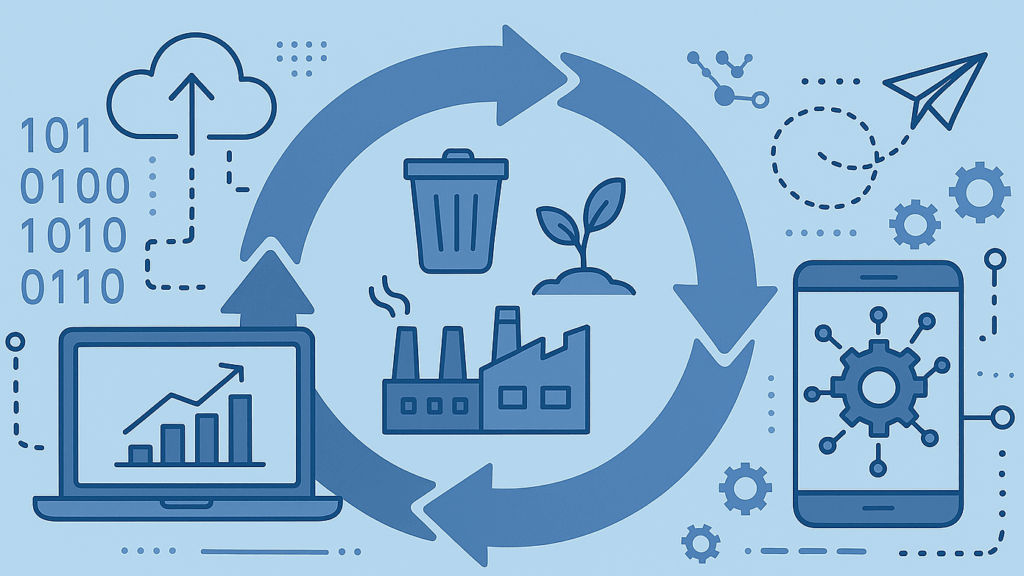Upper Silesia (Poland)
Once the powerhouse of Polish coal mining, this region has undergone dramatic transformation since the industry’s decline. Zabrze exemplifies this shift, where the Queen Louise Mine was revitalized starting in 2009 with over PLN 182 million invested. Sealed corridors were reopened, silt excavated, and safety measures implemented—culminating in a 1 km underground boat tour and the 2021 opening of the Carnall Zone, which now serves as a vibrant cultural hub featuring a restored 1915 steam engine (warsawinstitute.org).
In Katowice, the former “Katowice” coal mine site has been reimagined as the Zone of Culture—housing the Silesian Museum, cultural centers, and convention facilities. While architectural accolades have followed, critics cite its poor integration with existing urban neighborhoods. Only about 56.5 % of the 26-ha site has been reused (sciendo.com). This transformation highlights that masterplanning and socio-spatial integration are just as essential as cultural infrastructure.
Nearby, the Historic Silver Mine in Tarnowskie Góry (World Heritage Site) offers a case of heritage reuse through underground boat tours established since the 1950s. A 3D mapping initiative undertaken by the University of Silesia began in 2018 to support ongoing research and conservation efforts (documentserver.uhasselt.be, en.wikipedia.org).
Hasselt Region (Belgium)
Former mining zones in the Limburg coalfield, including Heusden-Zolder and Beringen, have seen innovative reuse via the Be-Mine site. Adjacent to Hasselt, Corda Campus emerged on the repurposed Philips site. Today it spans 14 hectares with 250 companies, 5,000 employees, green-roofed buildings, EV charging infrastructure, and is expanding with the Corda Arena opening in 2025 (en.wikipedia.org).
Studies using MT-InSAR techniques documented land subsidence across Limburg—data crucial for safely reallocating post-mining spaces (mdpi.com). Research on Vaartkom in Genk also illustrates successful participatory design and heritage adaptation of former industrial canalside structures (documentserver.uhasselt.be).
🔍 What Can We Learn?
1. Heritage as a Catalyst
Cultural assets like museums and historic steam engines create anchors of identity and tourism, as seen in Zabrze and Hasselt.
2. Continuity vs. Disruption
Katowice’s experience shows that large investments require socio-spatial connectivity and lasting community engagement to avoid creating isolated enclaves.
3. Data-Driven Risk Management
Subsidence monitoring and geotechnical analysis are essential for transforming physically sensitive areas like former minefields.
4. Mixed-Use Innovation Ecosystems
Corda Campus proves that industrial legacies can evolve into thriving technology hubs while preserving structural identity.
5. Collaborative Governance
Across both regions, success stems from municipality–university–industry partnerships with integrated planning—from mapping through reuse strategy.
📚 Suggested Reading & Sources
- “How Silesian Cities Are Leading the Transformation of Post-Industrial Areas,” Warsaw Institute Report (warsawinstitute.org, reuters.com, en.wikipedia.org)
- “Spatial Transformation of Decommissioned Coal Mines Areas – Case Study of Coal Mine Katowice,” ACEE Journal (researchgate.net)
- MT-InSAR analysis for Limburg coalfield subsidence (mdpi.com)
- Corda Campus transformation: Growth from Philips heritage site (en.wikipedia.org)
- Case study of Vaartkom/Genk industrial area reuse (documentserver.uhasselt.be)
- Tarnowskie Góry 3D mapping and spoil tip conservation (en.wikipedia.org)
📌 Policy Recommendations
- Integrated Masterplanning: Mandate inclusive urban strategies connecting cultural anchors with neighborhoods.
- Environmental Monitoring: Require geospatial data for site rehabilitation.
- Adaptive Reuse Funding: Encourage mixed-use redevelopment (culture, tech, green infrastructure).
- Stakeholder Co-Governance: Include local communities and universities early in planning.
- Heritage-Identity Branding: Promote industrial narratives through adaptive reuse to anchor regional branding.




